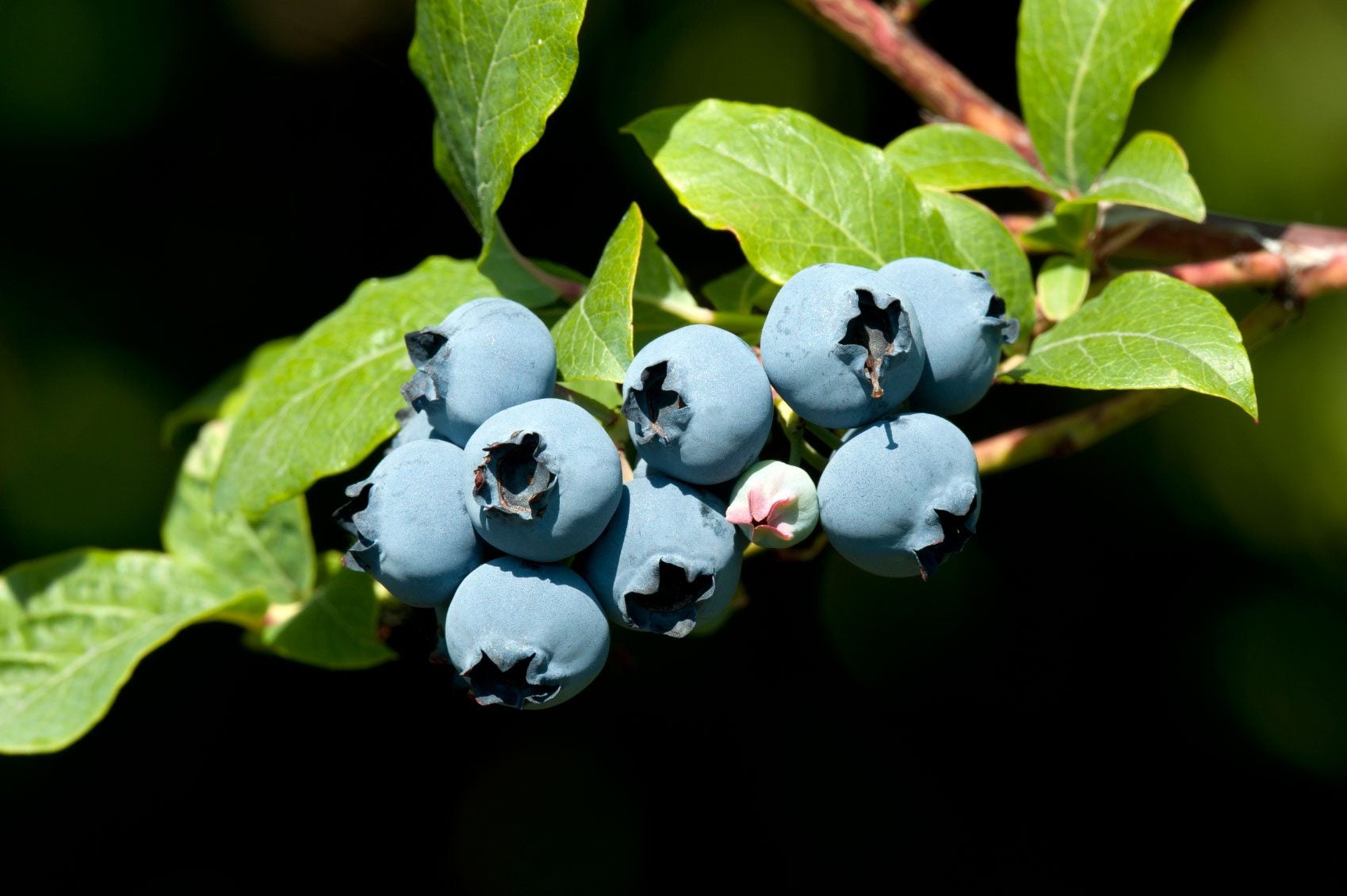Blueberry Seed Planting: Tips For Growing Blueberry Seed

Blueberries are heralded as a super food-- extremely nutritious, but also high in flavanoids which have been shown to reduce the damaging effects of oxidation and inflammation, allowing the body to fight off disease. Most home growers purchase cuttings, but did you know that blueberry seed planting will result in a plant as well?
How to Grow Blueberries from Seeds
First, is a blueberry a seed? No, the seeds are inside the fruit, and it takes a little work to separate them from the pulp. You can use fruit from an existing bush or from those purchased at the grocers, but the results may be poor or non-existent. Blueberries do not self pollinate, which means they are rather unpredictable and their offspring do not duplicate the parent.
It is better to purchase viable blueberry seeds for planting from a nursery, but if you would like to experiment, here is how to prepare blueberry seeds for planting. To prepare blueberry seeds for planting, the fruit will need to be macerated. This can be done in a food processor, blender, or mashed in a bowl. Add a little water to the berries as you do this.
Once the fruit is mashed, remove the floating pulp. Seeds will sink to the bottom. You may need to add water several times to remove the pulp completely. Once you have gathered the blueberry bush seeds, they must be scarified.
Place them in some damp paper towels and put them in the freezer for 90 days. Cold stratification will break the seeds' rest period so they are ready for planting.
Blueberry Seed Planting
Once the 90 days have elapsed, the seeds can be used immediately or kept in the freezer until you are ready to plant them. Blueberry seed planting should commence in the fall in warm climates and in the spring in more northerly climes.
Plant the seed in dampened sphagnum peat moss in seed trays and cover them with ¼ inch (6 mm.) of soil. Keep the medium consistently moist. Be patient; blueberry seed planting may take six to eight weeks to germinate, some not for three months.
Gardening tips, videos, info and more delivered right to your inbox!
Sign up for the Gardening Know How newsletter today and receive a free copy of our e-book "How to Grow Delicious Tomatoes".
The hybrid high bush seeds germinate more unreliably than their wild low bush relatives. Keep the seeds in a warm, sunny area of 60 to 70 degrees F. (15-21 C.). If lacking in sunlight, suspend a fluorescent light about 14 inches (36 cm.) above the seedlings. The resulting seedling from the growing blueberry seeds will look like grass with a few tiny leaves atop.
During the first year of blueberry seed planting, the seedlings may get no taller than 5 or 6 inches (13-15 cm.) in height. Once the blueberry bush seed plants are big enough to transplant, move them into pots in a sunny, warm area and keep moist.
The growing blueberry seed plants can be fertilized with a liquid fertilizer after two to three weeks in their pots. The resulting blueberry bush seed plants will bear fruit during year two when the plant is 1 to 2 feet (31-61 cm.) tall.
It may take several years when growing blueberries from seed before the plant will produce any significant amount of fruit. So, again, be patient, but once established, the plant will keep you supplied with this super food for decades to come.

Amy Grant has been gardening for 30 years and writing for 15. A professional chef and caterer, Amy's area of expertise is culinary gardening.
-
 Looking For Plants To Give You The Soft And Fuzzies? Try These 5 Fuzzy Leaf Plant Options
Looking For Plants To Give You The Soft And Fuzzies? Try These 5 Fuzzy Leaf Plant OptionsLovers of texture, drama, silver foliage and tactile plants will adore these special sensory garden additions. These fuzzy leaf plant options will leave you all aglow
By Susan Albert
-
 Get Ready For A Summer Of Hummers! Grow These Full Sun Hummingbird Plants and Flowers
Get Ready For A Summer Of Hummers! Grow These Full Sun Hummingbird Plants and FlowersIf you’re lucky enough to enjoy a sunny backyard, make sure you are maxing out on your pollinator opportunities and grow these full sun hummingbird plants and flowers
By Tonya Barnett